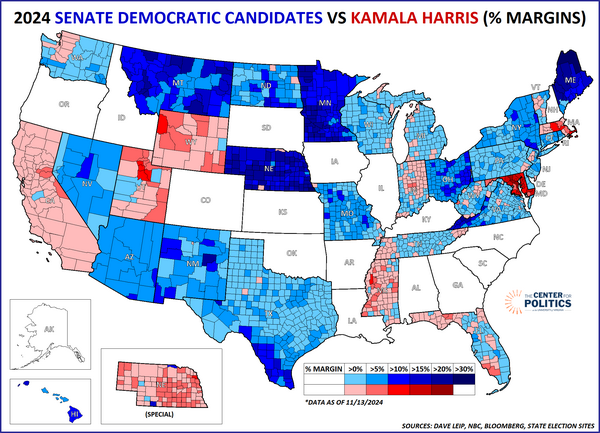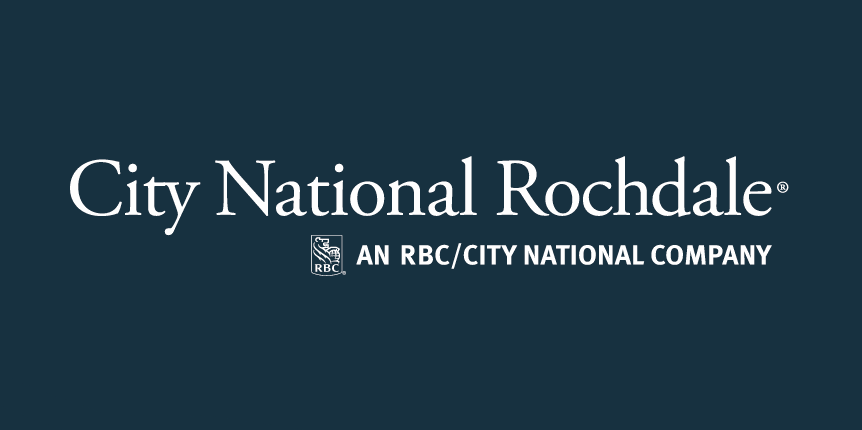There is an order to how your clients should amass wealth and withdrawal funds upon retirement to increase net after-tax cash flow. It’s essential to differentiate how you approach tax management, just as you diversify an asset portfolio.
Recently, in the Win Business Through Tax Management Seminar Series, Dave Alison, CFP®, EA, BPC, said:
“One of the biggest mistakes I see people make is not understanding the Order of Money. When we’re accumulating and building wealth, there’s an order to how we should save that money between different account types. And when we retire, there’s a certain order to how we should take distributions.”
Pre-retirement:
- Fund goals before age 59.5
- Eliminate 10% early withdrawal penalty
- Opportunity fund
- Eliminate marginal tax traps
Post-retirement:
- Early retirement (pre-55) without 72(t)/(q) complexity
- Blend out income to maximize income and minimize tax brackets
- Lower withdrawal rates because of tax-free or advantaged income
- Eliminate marginal tax brackets
- Legacy planning for surviving spouse
- RMD suppression
- Reduce taxation of Social Security benefits
- Decrease Medicare premiums
- Ease fear of government policy
Accumulation and Distribution: Phases of the Money Cycle
You know all about the order to how your clients should save their money. If not, here’s a quick refresher:
The first stage of the money cycle is accumulation. This usually starts when the client is young, beginning with graduation gifts, summer job income, allowances, etc. Accumulation continues into adulthood and throughout the working years as they build their life savings. Since there is an expected lengthy time horizon before retirement, they can afford to take more risks with their capital during this stage.
As the client moves toward retirement, they transition into the preservation stage. At this point, they’re financially stable and looking forward to winding down their career, effectively ending the accumulation phase on a significant portion of their income. There’s less time to make mistakes or experience major volatility because they will need funds sooner rather than later.
The last phase in the money cycle is distribution. Distribution is when the client starts to withdraw from the wealth they have accumulated and preserved and starts taking an income from those savings and investments.
But did you know there is also an order to how they should withdraw their income in retirement?
Understanding the Order of Money for Early Retirement Tax Planning
Early retirement tax planning follows the same basic standard as a traditional retirement plan—minimize taxes and maximize capital.
Early retirees will have less time to amass wealth and a longer expected retirement than most. Their plan requires an accelerated scale and pace to make up for the lack of time, with a focus on tax management to maximize their retirement income and make the most out of the holistic financial plan.
Whether your clients are focused on tax planning for early retirement or a more traditional timeline, following the proper order of money for accumulation and distribution can have a major impact on the lifestyle they get to enjoy when they retire.
Accumulation and Distribution for a Tax-Efficient Retirement
The Order of Money divides your retirement income into four different categories.
The first type is tax-free income, the second is tax-favored income, the third is post-tax income, and the final type is pre-tax income.
You should consider all four categories when creating your own retirement income distribution plan.
1. Tax-Free
- Company Match
- Inheritance
- Gifts
2. Tax-Favored
- Roth
- HSA
- FSA
- 529
- Life Insurance
3. Post-Tax
-
- Brokerage
- Real Estate
- Joint Accounts
- Non-Qualified Plans
4. Pre-Tax
- IRAs/401(k)
- Qualified Plans
Order of Accumulation:
- Establish a 1-month emergency fund
- Pay off high-interest debt
- 401(k) up to match
- Fund 3-month emergency fund
- Max Health Savings Account (if applicable)
- Max Roth IRA (or Back-Door Roth)
- Max 401(k) or Roth 401(k) Depending on marginal bracket
- 529 Contribution (if applicable)
- Excess savings to permanent life insurance and taxable brokerage account
Note: HSAs are especially beneficial because they are triple tax-advantaged. The client gets an upfront deduction, they can defer as those funds grow, and if used for qualified medical expenses, they can take distributions tax-free in the future.
Order of Distributions for Zero Tax:
- Social Security
- Pre-tax retirement accounts up to the provisional income limits (tax on Social Security)
- Roth IRA & permanent life insurance for remaining income
Order of Distributions for Low Tax:
- Social Security Income
- Pre-tax retirement accounts up to the 12% bracket
- Long-term capital gains/dividends up to IRMAA limits
- Roth IRA & Permanent life Insurance for remaining income
To learn more about how C2P Enterprises can help you manage taxes for your clients, book a FREE call with one of our business development representatives and ask about the Tax Management Journey training course.
The information provided in this presentation is not intended as investment advice or legal advice. The information provided is for informational and training purposes only. The information in this presentation was accurate as of the time of the material was created. Tax laws and rulings can frequently change. Please discuss the client’s current situation with an accountant or tax advisor.
Originally published on C2P Enterprises.
The views and opinions expressed herein are the views and opinions of the author and do not necessarily reflect those of Nasdaq, Inc.









































